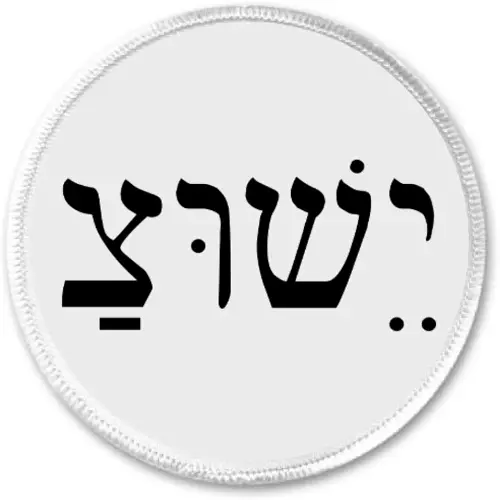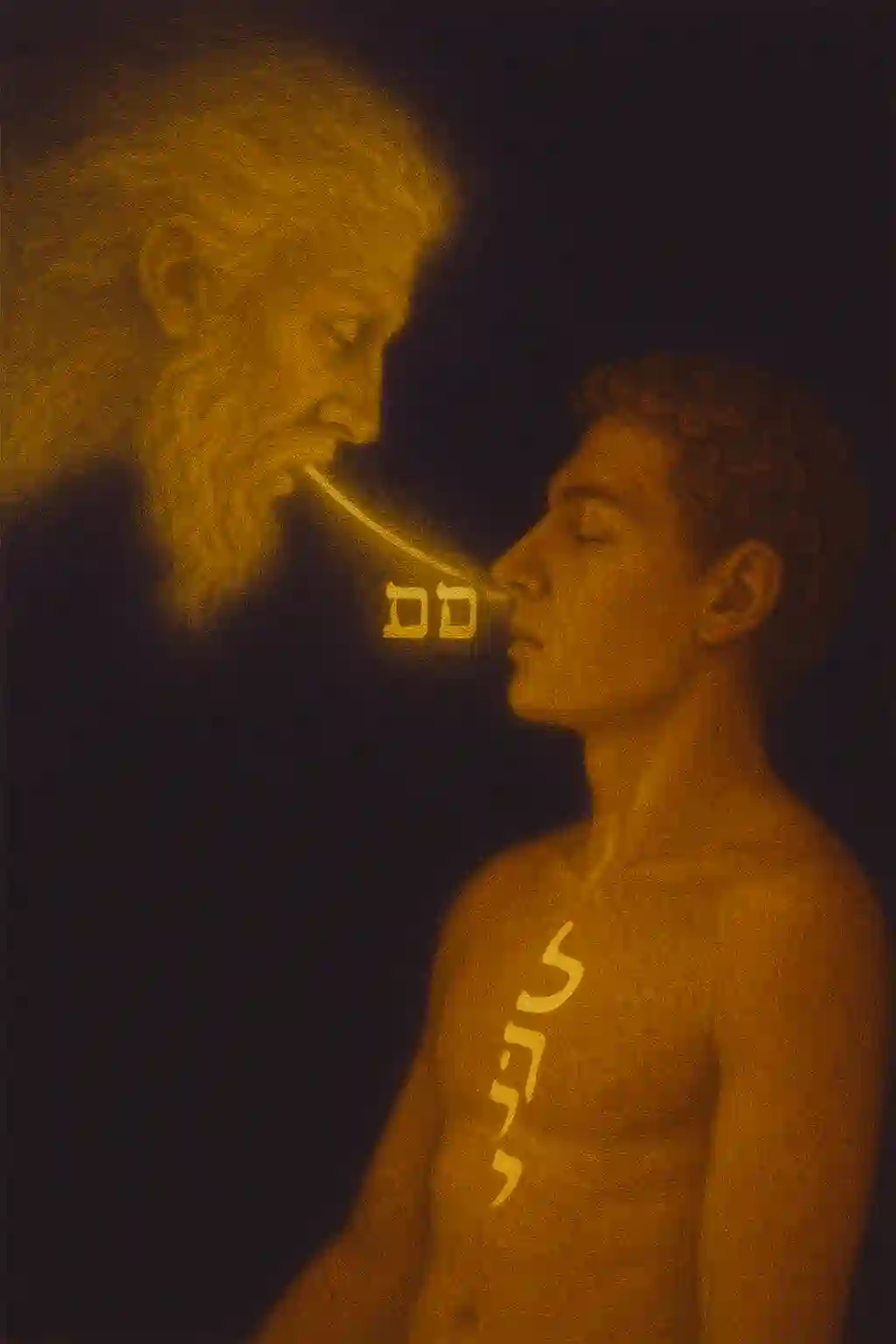The Divine Blueprint: A Connection Between the Hebrew Alphabet and the Human Genome
Divine Genetic Code
The human genome, consisting of 23 pairs of chromosomes (46 total), is the biological code that defines human life. The Hebrew alphabet, composed of 22 letters, has long been revered as the divine script of creation, carrying deep numerical, linguistic, and mystical significance. When we examine these two systems—the structure of human DNA and the sacred language of the Torah—we uncover fascinating parallels that suggest a profound connection between divine intelligence and human existence.
1. The Building Blocks of Life and Language
A. DNA: The Language of Life
DNA is composed of four nucleotides:
- A (Adenine)
- T (Thymine)
- G (Guanine)
- C (Cytosine)
These four letters form the genetic code, instructing the development of all life on Earth. Similarly, the Hebrew alphabet, with its distinct characters and sounds, is said to be the foundational language of creation.
The Torah itself describes creation through speech (“And God said, ‘Let there be light'” – Genesis 1:3), reinforcing the idea that life is structured upon a coded language, whether biological (DNA) or spiritual (Hebrew).
B. The 22 Hebrew Letters and the 22 Autosomal Chromosomes
- Humans have 23 pairs of chromosomes (46 total).
- Of these, 22 pairs are autosomal—meaning they determine all biological traits except sex.
- The Hebrew alphabet consists of 22 letters, traditionally believed to be the building blocks of God’s spoken creation.
If DNA is the “book of life,” then the Hebrew letters can be seen as its divine script, correlating with the fundamental structure of human biology.
2. The 23rd Chromosome: The Divine Signature in Divine Genetic Code?
The 23rd chromosome pair determines biological sex:
- XX (female)
- XY (male)
In Jewish thought, the number 23 often symbolizes divine connection and human identity. Could this suggest that the 23rd chromosome is the divine marker that separates humanity from the rest of creation? In Genesis, God breathes life into man (neshama), making him distinct from animals—just as the 23rd chromosome defines individual human identity.
Furthermore, some scholars see the Y chromosome as resembling a single Hebrew letter—Yod (י), which is the first letter of the Tetragrammaton (YHWH, יהוה), the sacred name of God. This could indicate a subtle divine signature embedded into human genetics.
3. The Temple and the Human Genome: A 46-Chromosome Design
In John 2:19-21, Yeshua speaks of the Temple:
- “Destroy this temple, and in three days I will raise it up.”
- The Jews replied, “It took 46 years to build this temple, and will you raise it up in three days?”
- Yeshua, however, “spoke of the temple of His body.”
This is intriguing because humans have 46 chromosomes. The parallel suggests that:
- Just as the Temple was the dwelling place of God on Earth,
- The human body is a living temple of divine presence (1 Corinthians 6:19: “Your body is a temple of the Holy Spirit.”).
Thus, the 46 chromosomes of humanity may symbolically reflect God’s original temple design, reinforcing the biblical concept that mankind was made in the image of Elohim (Genesis 1:27).
4. The Paleo-Hebrew Connection: The Earliest Script and Genetic Encoding
Moses would have read and written in Paleo-Hebrew, the original script before it evolved into square Aramaic Hebrew. Some researchers have suggested that the very shapes of Paleo-Hebrew letters bear a resemblance to organic structures in DNA and cellular formation.
For example:
- The letter Yod (𐤉) is the smallest letter, yet it is found in every Hebrew word, much like how Y-chromosomes determine male identity.
- The letter Tav (𐤕) in Paleo-Hebrew resembles a cross (𐤕), which some compare to the X-chromosome shape.
This raises the possibility that the earliest Hebrew script reflects patterns found in human biology, supporting the idea that God encoded His name into human life itself.
5. The Tetragrammaton (YHWH) and the Four DNA Bases
The Tetragrammaton (יהוה), God’s sacred name, consists of four Hebrew letters—Yod, Heh, Vav, Heh.
Similarly, DNA is built on four nucleotide bases—A, T, G, C.
Some have theorized that the numerical or symbolic representation of these four Hebrew letters could correspond to the biochemical foundations of life, suggesting a divine fingerprint in human genetics.
Conclusion: The Hebrew Alphabet, DNA, and the Divine Code
The parallels between human genetics and the Hebrew alphabet suggest that life itself is structured by divine intelligence. Whether through the 22 autosomal chromosomes and 22 Hebrew letters, the 23rd chromosome and divine identity, or the 46 chromosomes and the temple of God, these connections indicate that our very existence is deeply encoded with spiritual significance.
This perspective does not replace scientific discovery but rather enhances it, showing that the physical and the spiritual are deeply intertwined. It suggests that we are not just biological beings but living messages of divine wisdom, written in the language of both Torah and DNA.
If true, this would mean that Elohim’s signature is imprinted in our very being, affirming Psalm 139:14:
“I will praise You, for I am fearfully and wonderfully made!”
Discover more from Master Yahuah Messiah
Subscribe to get the latest posts sent to your email.

